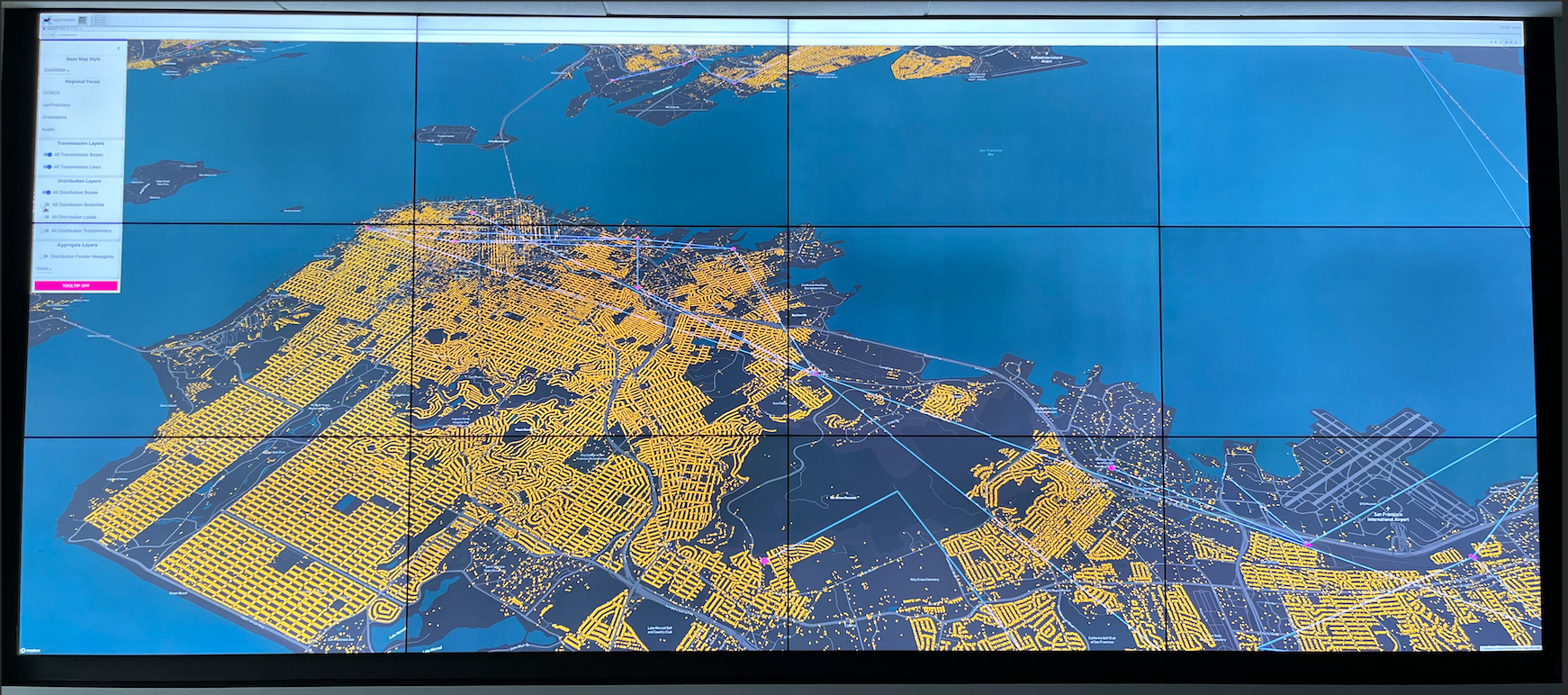Architecture for Web-Based Visualization of Large-Scale Energy Domains
Graham Johnson - National Renewable Energy Lab, Golden, United States
Sam Molnar - National Renewable Energy Lab, Golden, United States
Nicholas Brunhart-Lupo - National Renewable Energy Laboratory, Golden, United States
Kenny Gruchalla - National Renewable Energy Lab, Golden, United States
Room: Bayshore VI
2024-10-14T16:00:00ZGMT-0600Change your timezone on the schedule page
2024-10-14T16:00:00Z

Abstract
With the growing penetration of inverter-based distributed energy resources and increased loads through electrification, power systems analyses are becoming more important and more complex. Moreover, these analyses increasingly involve the combination of interconnected energy domains with data that are spatially and temporally increasing in scale by orders of magnitude, surpassing the capabilities of many existing analysis and decision-support systems. We present the architectural design, development, and application of a high-resolution web-based visualization environment capable of cross-domain analysis of tens of millions of energy assets, focusing on scalability and performance. Our system supports the exploration, navigation, and analysis of large data from diverse domains such as electrical transmission and distribution systems, mobility and electric vehicle charging networks, communications networks, cyber assets, and other supporting infrastructure. We evaluate this system across multiple use cases, describing the capabilities and limitations of a web-based approach for high-resolution energy system visualizations.